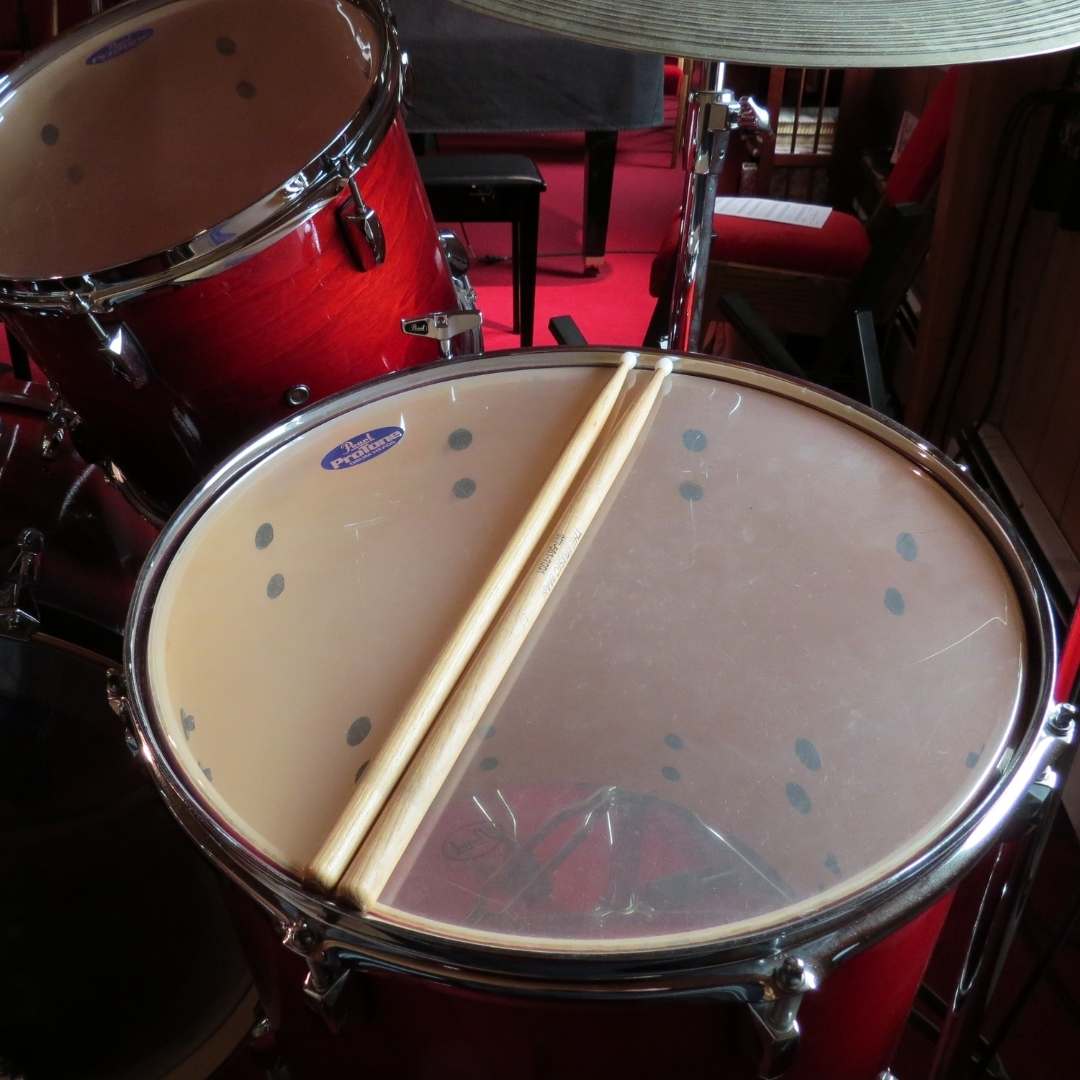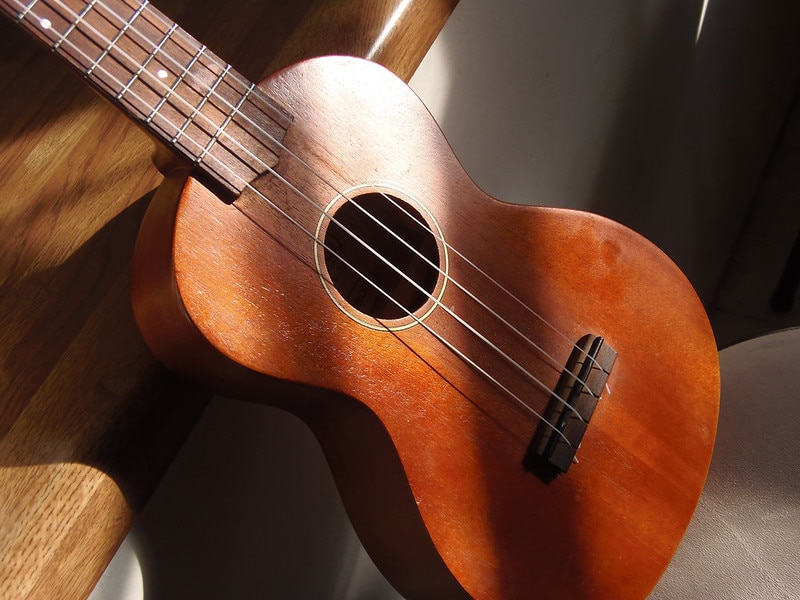
How to Learn Jazz in 6 Steps
November 19, 2021
What Is A De-Esser? 4 Best Free De Esser
November 21, 2021
Learning a new instrument can be both rewarding and challenging. On one hand, making music, in general, is akin to a euphoric feeling, but the process it takes to be proficient in an instrument can be hectic and a little overwhelming sometimes.
Learning how to play the drums might seem like an easy feat from afar, but it’s not an easy task. It takes constant practice and dedication to be able to master this finicky, demanding instrument.
If you really want to learn to play the drums, then sit tight and read on. This article covers how to learn to play drums in detail.
How to Learn to Play Drums: The Drum-Set
Apart from the learning process itself, we must acknowledge that a drum-set isn’t exactly cheap. Long were the days when simply banging on those pots and pans in your kitchen fulfilled every would-be future drummer’s desires.
So, first, let’s take a look at the basic parts of any drum-set.
The Snare Drum
The five-piece drum kit is built around the snare drum. The snare drum produces that loud crack you hear throughout your favourite songs, which is generally on upbeats.
This drum is positioned directly in front of you. When you strike the drum, the snare wires beneath it shake, giving it its distinctive sound. This drum features a lever and dial to modify the tension if you wish to change the amount of ‘snare’ sound.
The Bass Drum
This is the largest item of the set and is also known as a ‘kick drum.’ It sits on the floor, has two short ‘legs’ that help keep it in place, and provides that low ‘boom’ to your beats.
To hit the bass drum’s surface, drummers utilize a bass drum pedal and a beater. Most drummers use a single pedal, although, for rapid rhythms, certain drummers may employ a double pedal.
Cymbals and Tom-Toms
The toms are kept in position by movable legs or set on top of the bass drum. Floor toms and rack toms, which are utilized during drum fills and are constructed of wood or metal, are the two most common forms of toms.
The cymbals, which include hi-hats as well, are other pieces of your drum kit that may add highlights to your music and help you transition from one song to the next.
Tuning the Drums
I know you’re probably wondering how someone can “tune drums.” Being a rhythmic instrument, it might seem a bit far-fetched that drums might need tuning.
To obtain a pleasant sound, whether you want each of your drums to play a certain ‘note’ or not, you must tune them. When learning to play the drums, if they sound and feel right, you’ll be more motivated to keep playing.
So before initially starting your drumming journey, you must tune your drums correctly to ensure a pleasant drumming experience. Here’s a video guide on how you can tune drums.
Basic Steps One Must Know When Learning to Play Drums
Now that you’re familiar with the pieces of a drum set, let’s take a look at the basics of learning to play the drums.
It’s not as simple as picking up with the drumsticks and just dribbling away. There are several steps one must pass through to be able to properly play the drums.
Learning to Read Drum Sheet Music
The drum sheet music comes in many different forms, whether it’s as simple as reading drum tabs, or a bit complex as counting the music while drumming away. The good thing is, it’s not that hard to learn once you start putting some effort in.
Starting with drum tabs would be the smartest choice. And while counting music might seem a bit intimidating, rest assured that it comes by time and practice.
Drum Tabs
Tabs are the most common type of music used by drummers. Tabs depict drum and cymbal beats using Xs and Os and are normally arranged from the lowest sounding piece to the highest sounding piece.
Counting Music
The most crucial aspect of drumming is keeping time. The other musicians in a band look on you to be their metronome. You’ve probably learned to count before, but here’s how to do it while drumming.
The most crucial number in most popular songs is four. You’re likely clapping on the quarter note pulse if you clap along to a song on the radio. When learning your first drum beats and fills, knowing how to count bars and quarter notes can help you keep organized.
This is why you must learn how to count music if you wish to be a good drummer.
How to Hold Drumsticks
Don’t get too excited just yet, because holding drumsticks is completely different than holding, say, chopsticks. There’s a certain technique one must employ to correctly hold drumsticks.
First, you must know that there are different types of grip techniques, so if one doesn’t work for you, then don’t fret! You’ll definitely find a different one you can employ and that you’ll feel comfortable in.
Here are some of the different grip techniques.
The American Grip
The American grip is the most frequent and easiest grip technique for many novices. It’s not difficult to pick up this matching grip method.
German Grip
Musicians that play corps or rock are more likely to use this grip. While the German grip is comparable to the American grip, it gives the drummer more force while playing the drums.
French Grip
Unlike the German grip, the French grip hits the drum primarily with the fingers rather than the wrists.
This matched grip type is better suited to music that requires more dexterity and control. This grip is used by drummers who perform jazz, technical rock, or drumline-style works.
Learning Drum Fills
A drum fill, similar to a quick drum solo that helps fill a gap between certain musical phrases, is a short, improvised transition between portions of a song.
Drum fills are an important component of playing the drums, and they’re simple to learn with practice.
Learning Drum Rudiments
Drum rudiments are a collection of highly frequent and effective sticking patterns that may be utilized to create drum rhythms and fills.
Single stroke rolls, paradiddles, double stroke rolls, and flams are the most essential drum rudiments. These four basic rudiments are the source of almost all other rudiments. Learn the rudiments thoroughly and at various speeds on your practice pad before applying them to the drum set!
Conclusion
Playing a musical instrument is a difficult task, so don’t be discouraged if you’re not making a lot of progress at first. If you keep trying, you will be quite proud of how far you have progressed with your drumming in a few weeks.
Although the purpose of this article is to get you started on learning to play the drums, it’s a good idea to take at least one or two lessons from a good drum instructor to get you started.
Note also that there are plenty of high-quality online courses that can help you get started on how to play the drums. Drumeo Edge and Drum Ambition are excellent examples.
You may also like,





